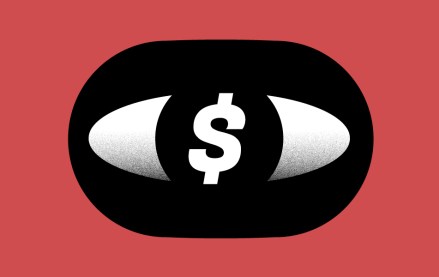
Facebook’s latest clickbait purge is going to have ripple effects for publishers. The social giant is putting an emphasis on articles that are important to people and recognizing that clicks, shares and comments aren’t necessarily the best indicators of that.
“The core change in the Facebook paradigm is that engagement will become more valuable as opposed to just click-through rates and the quantity of clicks. They’re starting to talk about quality,” said Moti Cohen, CEO of Apester, which helps publishers optimize their content for social media.
Facebook announced the algorithm update this week, part of the ongoing effort to lower the visibility of publishers with weak content while raising the profiles of substantive ones. As always, publishers that have become more reliant on traffic from the social network are left wondering who wins and loses as a result. Here are some possible winners and losers — until Facebook decides to change things up again, at least:
Winners
In-depth content
The websites that post high-impact, original stories, and ones with longer analysis that hold readers’ attention could benefit from the new order of Facebook posts. Legacy publishers like The New York Times could see a lift with original reporting and in-depth articles. A publisher like Slate, with its long-form pieces, thinks it has an advantage.
“We believe in prioritizing editorial quality and audience engagement and loyalty over the pursuit of sheer scale, and I’m glad Facebook has tweaked the algorithm,” Slate editor-in-chief Julia Turner said.
Interactive content
Since time spent on the page will be a crucial factor, it’s important to draw readers down the rabbit hole, Cohen said. Apester works with sites like The Huffington Post, The Wall Street Journal and The Telegraph, and it recommends putting interactive features like polls and tests into articles to keep people tuned in.
Variety
Publishers will do better if they mix up their Facebook posts with a variety of content forms, like in-depth stories and quick takes, said Chris George, PopSugar’s svp of product marketing.
Video wasn’t specifically addressed in Facebook’s latest tweak, but it’s also a powerful way to stay visible in the News Feed, because the Facebook is making such a big push for video in general, Cohen said.
Homepage advantage
The publishers that already have strong engagement on their sites are poised to do well under Facebook’s new system. PopSugar, for one, says it isn’t worried because its young women readers average almost five minutes on site each visit, almost twice its closest publishing rival, according to comScore.
Losers
Clickbait and switch
It’s no surprise that high-frequency, low-quality posters will continue to get dinged. Publishers that post a lot of quick takes will likely be hurt. Same goes for publishers that pack their pages with low-value videos, additional links and other content that wasn’t relevant to the original article.
The over-poster that under-delivers
One big change to how stories appear on Facebook will limit the number of posts from the same publisher going to the same user. People complained that the same publisher kept showing up, one post after the other. Well, no more. It’s unclear what the new limit will be, but this type of change will impact the publishers that repeatedly post similar content in short intervals.
In other words: Sites churning out six posts per author a day could see a hit.
More in Media

AI Briefing: Copyright battles bring Meta and OpenAI datasets under the microscope
Court documents raise new questions about Meta’s use of copyrighted content, and how much execs knew about pirated datasets

Telcos in ad tech, haven’t we seen this movie before?
As T-Mobile prepares to write a $600 million check to get into the OOH sector, can it succeed where others have failed?

Media Briefing: Dotdash Meredith’s Jon Roberts on the AI agenda in 2025
This week’s Media Briefing features an interview with Dotdash Meredith’s chief innovation officer Jon Roberts on his plans for AI tech development in 2025.





